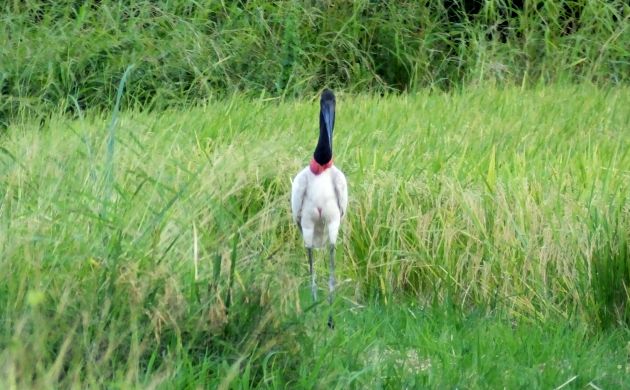
It’ s August but there aren’t any lazy, late summer, hazy days down here. The wet season is still in full effect and that translates to dynamic birding in every habitat. Bring an umbrella because you will probably need one, but bring the binoculars too because you will definitely need those. Sometimes, you gotta travel to find the breaks in the rain but when you do, the toucans are calling, and parrots, raptors, and other large birds are trying to dry out in the treetops. With so much vapor in the air, I don’t see how they can but I hope they keep trying because it makes them easier to see.
Each year, I hope to identify at least 600 species. That’s not as daunting as one might think when you have a 900 plus list of possibilities in a place the size of West Virginia. Yeah, jam-packed with biodiversity, and occasional guiding plus regular birding helped me hit my mark ten days ago. That 600th species was a Streaked Xenops, an especially uncommon bird in Costa Rica usually seen at Tapanti National Park.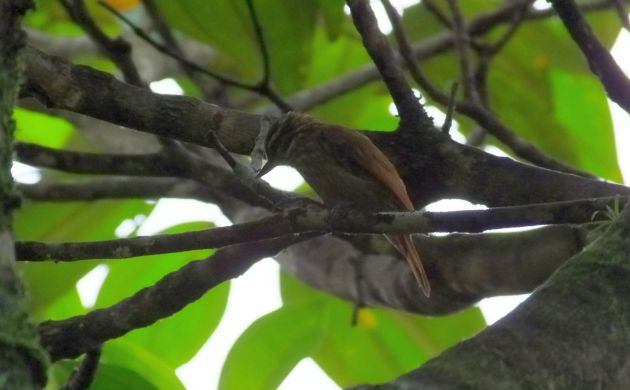
Streaked Xenops.
That’s where I saw mine for 2015 but there are still plenty of other species lacking from the year list. Most are decidedly uncommon, or vagrants, but these are some that I should still be able to tick before the New Year:
- Jabiru: I should still be able to see one of these monster storks. I’m actually surprised I haven’t seen one yet this year but then again, viewing a Jabiru in Costa Rica usually requires a visit to the Palo Verde area or Cano Negro.
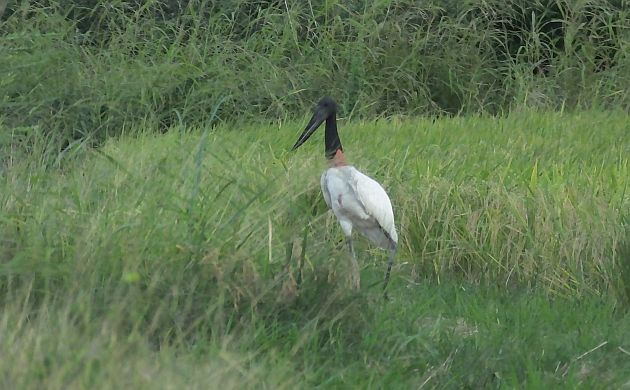
A monster Jabiru from last year.
- Ducks and other waterbirds: I could still see Northern Shoveler, Cinnamon Teal, Northern Pintail, and various gulls, terns, and shorebirds. I should pick those up if I make the trip to wetlands and reservoirs in Guanacaste, keep checking every wetland I see, and participate in the Global Shorebird Count.
- Raptors: A pretty high number of raptor species occur in Costa Rica but hold your feathered horses raptorphiles because most are rare! For example, including falcons and excluding owls, I have seen 34 species and still have a chance at several more. With regular birding in the right places, the most likely additions will be White-tailed Hawk, Pearl Kite, Mississippi Kite, Bicolored Hawk, and Black Hawk-Eagle (should have had that one already!). Unlikely additions would be Tiny Hawk and Black and White Hawk Eagle, while any of the three largest eagles (Solitary, Crested, and Harpy) would be hitting a serious jackpot.
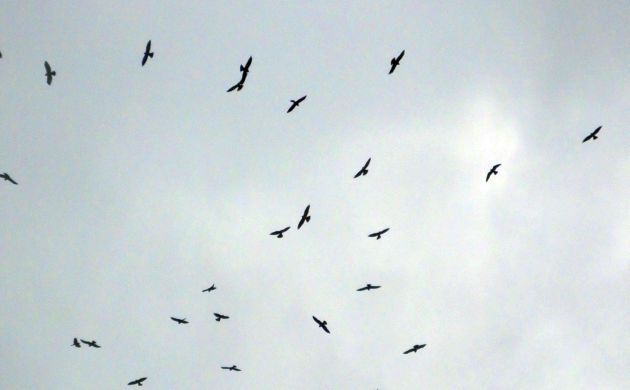
A kettle of Mississippi Kites from last year. I hope I see them again soon.
- Speaking of owls..: In checking my list, I find that I am missing at least 6 species that I usually have by now. I hope to fill those and several other gaps on a trip to good lowland forest two weeks from now.
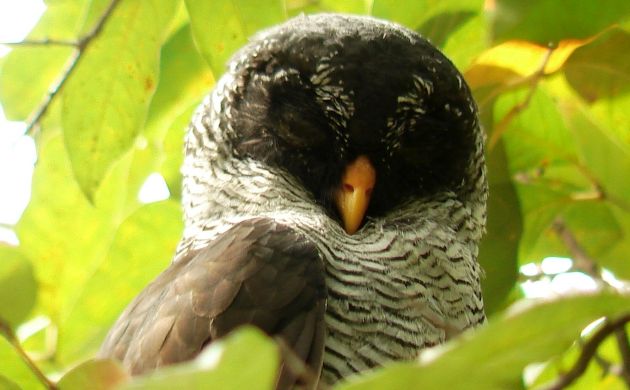
I can’t believe that I am still missing Black-and-white Owl but then again, I suspect that it has declined in recent years at some sites.
- More lowland forest birds: That trip to the Caribbean lowlands should yield Black-capped Pygmy-Tyrant, Purple-throated Fruitcrow, White-fronted Nunbird, White-lined Tanager, Sulphur-rumped Tanager, White-vented Euphonia, and, hopefully, rare species like Green and Rufous Kingfisher, Bare-necked Umbrellabird, and, dare I say, Lovely Cotinga.
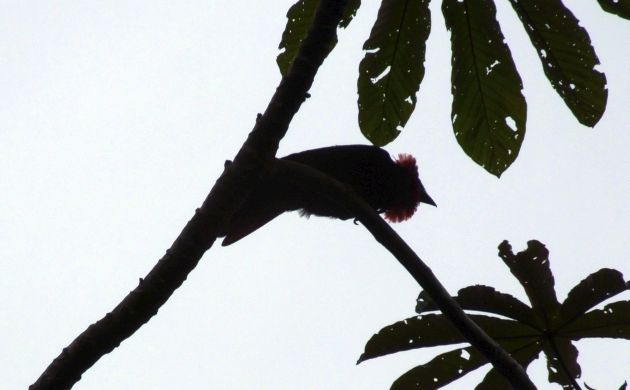
A Purple-throated Fruitcrow makes an odd silhouette in the Caribbean lowlands of Costa Rica.
- Birds from the southwest and the northwest: Hopefully, I will make it to each end of the country to pick up species only found in those corners. The southwest harbors several possibilities, maybe even a dozen new year birds, while the northwest is where I need to go for a tough trio of sparrows; Rusty, Botteri’s, and Grasshopper.
With those and other birds in mind, 650 species will be my new goal. If I can do enough birding, I might even get 675. If I don’t, it’s all good because I’m still going to see a lot of birds in Costa Rica anyways.



 New writers welcome – please contact us for details.
New writers welcome – please contact us for details.

















Nice year list! Corey just needs to put it at the bottom of the page for you! Well, at the “top” of the bottom of the page! Good luck with the rest of the year! 🙂
Well, for that to happen he needs to make a page with the list.
But, yeah, I’m seriously jealous!
Thanks, it’s coming along nicely. With El Nino throwing some good pelagic birds our way, I hope to end the year with quite the interesting list.
I thought I did make a page for the list, and have been updating there: http://10000birds.com/pats-2015-year-list.htm
Got it and you are added to the footer. Either I forgot that you told me that you made it or you forgot to tell me but either way it’s linked now!
Ok, cool, thanks Corey!